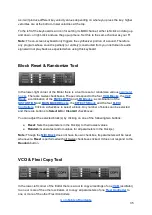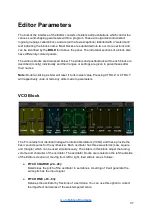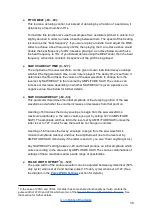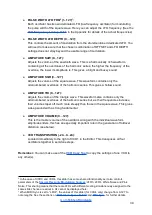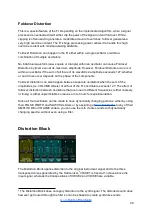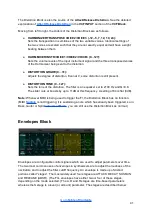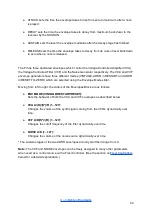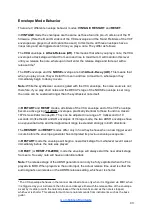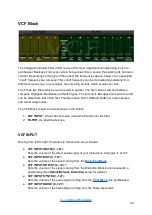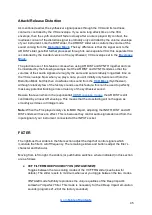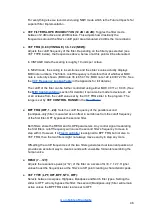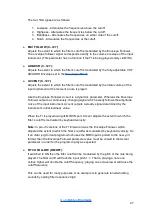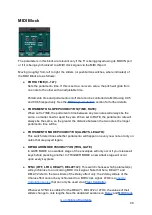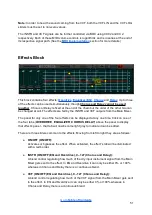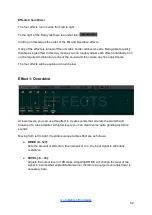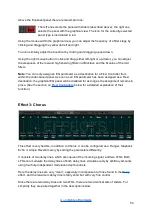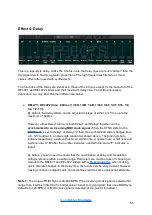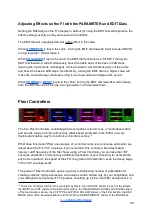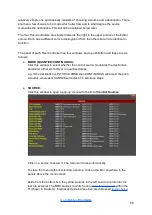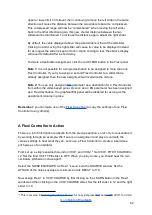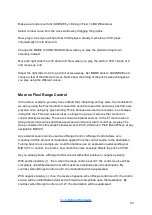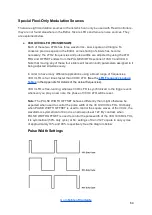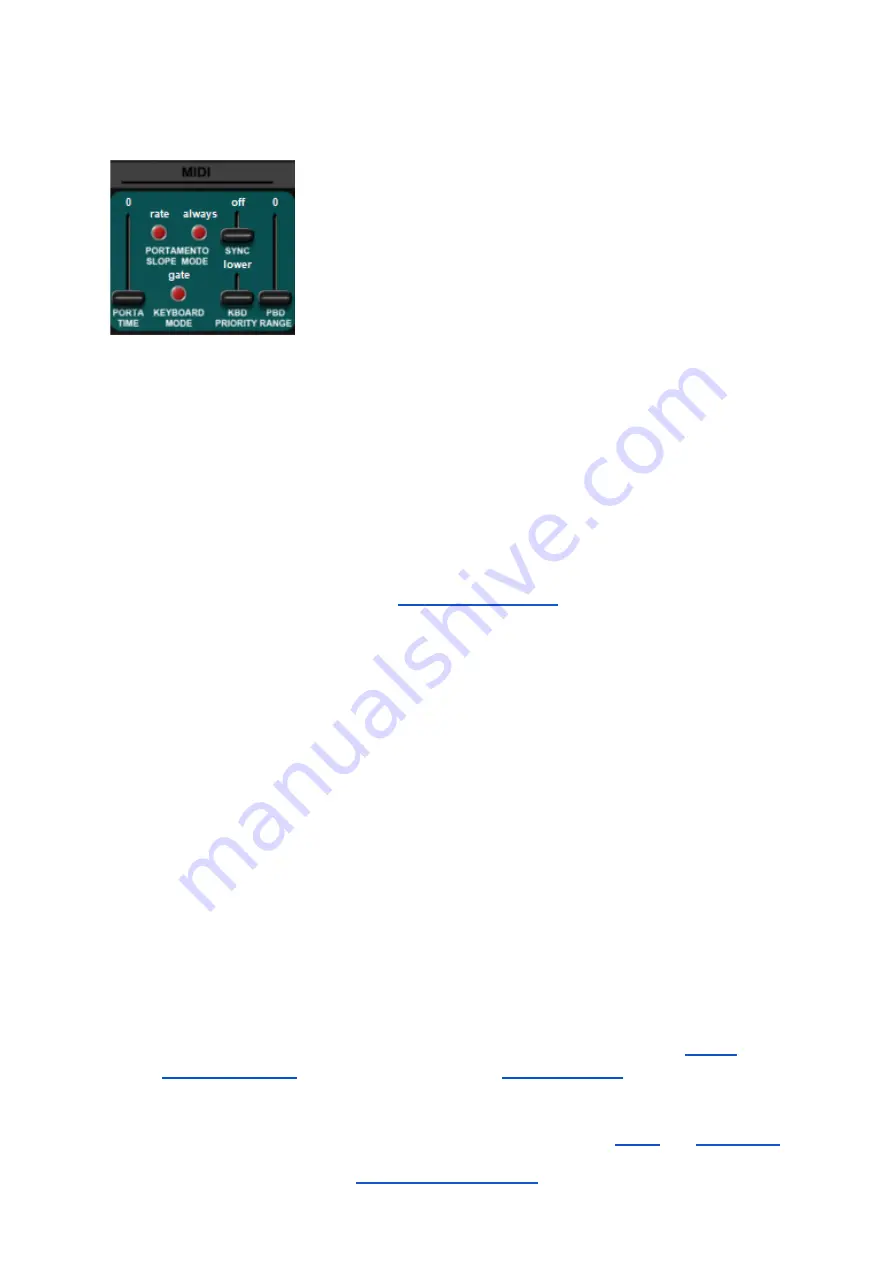
MIDI Block
The parameters in this block are relevant only if the FI is being played using its MIDI IN port
or if it is being synchronized to a MIDI clock signal via the MIDI IN port.
Moving (roughly) from left to right, the sliders (or pushbutton switches, where indicated) of
the MIDI Block are as follows:
●
PORTA TIME (0...127):
Sets the portamento time. If this is set to a non-zero value, the pitch will glide from
one note to the other with an adjustable time.
Portamento time and portamento on/off state can be controlled via MIDI using CC5
and CC65 respectively. See the
section for further details.
●
PORTAMENTO SLOPE PUSHBUTTON (TIME, RATE):
When set to TIME, the portamento
time
between any two notes will always be the
same, no matter how far apart they are. When set to RATE, the portamento
rate
will
always be the same, so the greater the distance between the two notes, the longer
portamento time will be.
●
PORTAMENTO MODE PUSHBUTTON (ALWAYS, LEGATO):
This switch determines whether portamento will happen on every new note or only on
notes that are played legato.
●
KEYBOARD MODE PUSHBUTTON (TRIG, GATE):
In GATE MODE a new attack stage of the envelopes will only occur if you release all
keys before pressing another. In TRIGGER MODE a new attack stage will occur
upon
every
keypress.
● SYNC (OFF, LFO4, DELAY1, 2):
This switch chooses which parameter(s)
will synchronize to an incoming MIDI clock signal. Note that here, DELAY1 and
DELAY2 refer to the two sliders of the
Delay effect only
; the 2 delay sliders of the
Chorus effect cannot be synchronized to a MIDI clock signal. LFO4 is a
that can only be used via a
Whenever SYNC is enabled for the DELAY1, DELAY2 or LFO4, the values of their
sliders change to note lengths. See the dedicated sections on
and
49

